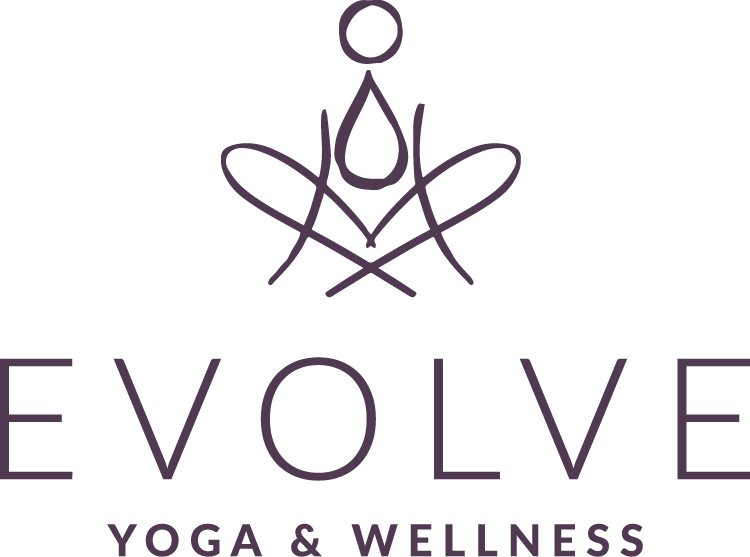Exploring the Mysore Method of Ashtanga Yoga: A Beginner's Guide
Have you ever heard of the Mysore method of Ashtanga Yoga? If you’re familiar with yoga, you might recognize Ashtanga, but Mysore might still be a mystery. Even if you have some knowledge about it, the idea of attending a Mysore class can feel intimidating. I completely understand—starting something new can be daunting. However, Mysore is a welcoming and inclusive practice, especially for beginners. Let me demystify it for you.
What is Ashtanga Yoga?
Ashtanga Yoga is a vinyasa method, meaning it synchronizes movement with breath. Breath is the foundation, creating a steady rhythm that guides the practice. In Ashtanga, postures are linked by transitional movements, with each breath assigned a specific task—either deepening the posture or transitioning to the next one. This continuous flow helps maintain a focused and unbroken connection throughout the practice.
Ashtanga follows a set sequence of postures, performed in the same order every time. There are six series of postures, each progressively more challenging. The first, called the Primary Series or Yoga Chikitsa (yoga therapy), rehabilitates the body by addressing key areas such as the spine, hips, knees, shoulders, and internal organs. The goal is to heal old injuries, correct chronic patterns, and bring the body to its optimal state.
The second series, or Intermediate Series (Nadi Shodana), focuses on purifying the body’s energy channels. The third series and beyond continue to challenge both the physical body and subtle bodies of energy, mind, emotion, and spirit. Each series can take years to master, with most practitioners finding lifelong benefit in the Primary Series alone.
What is Mysore?
Mysore is the traditional self-practice approach to Ashtanga Yoga. It’s named after the city of Mysuru in India, where this method developed and where the lineage’s current head resides and teaches. In a Mysore class, each student practices independently, moving through the sequence at their own pace, guided by their breath. The teacher provides individual assistance, instruction, and guidance as needed.
Starting Mysore as a Beginner
When you begin Mysore, the teacher offers a lot of attention and instruction, teaching the initial sequences bit by bit. You don’t need prior knowledge of Ashtanga or even yoga to start. The instructor meets you where you are and paces the learning according to your needs. This method honors individual differences, allowing each student to progress at their own pace.
The teacher determines when a student is ready to advance, giving more information and postures as the student integrates the practice mentally and physically. This gradual progression ensures a solid foundation before moving deeper into the practice.
The Independence of Mysore Practice
Mysore practice fosters independence. Students memorize the sequence and flow through it from memory, giving attention to areas they find challenging. This flexibility allows students to work on obstacles, spend extra time in certain postures, and fully benefit from the practice.
Building a Teacher-Student Relationship
A significant aspect of Mysore is the relationship between the student and teacher. A good teacher assesses your progress and develops a program tailored to your strengths and weaknesses. This relationship is built on trust and understanding, with the teacher guiding you based on their own experience with the practice. Finding a teacher you connect with and trust is crucial for your practice.
The Transformative Power of Mysore
Ashtanga Mysore is a transformative practice. The set sequence allows for daily check-ins on progress and the fluctuations caused by life. While the practice remains consistent, we change—physically, mentally, emotionally, and spiritually. This structure helps us become aware of and assess these fluctuations, enabling intentional responses rather than habitual reactions.
Over time, muscle memory develops, allowing the mind to enter a more meditative state. Without the need to think about the next pose, we can fully immerse in the present moment, experiencing the sensations, thoughts, and emotions that arise. This cultivates an inner witness, a steady presence amid distractions. When we find peace within the practice, we can also find peace in life’s challenges.
So, if you’re curious about Mysore, give it a try. It might just be the transformative yoga practice you’ve been looking for.
Mysore Self-practice Sundays, Tuesdays, and Thursdays 8:30 am
Introduction to Ashtanga Mysore Series ~ 4 class series meeting Tuesdays in August 6:30 pm
